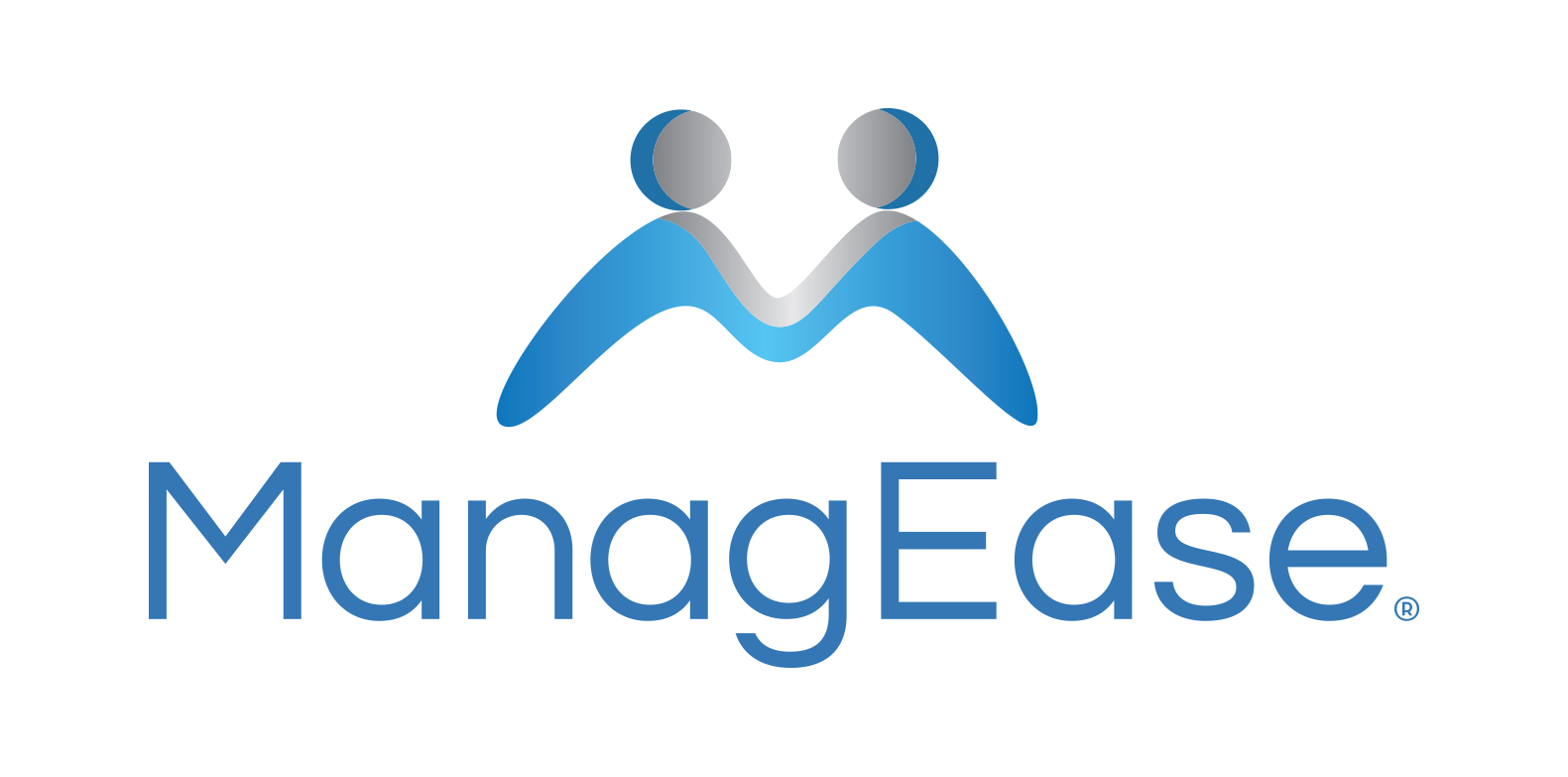Oregon: State OSHA Creates Heat and Wildfire Smoke Standards
|
APPLIES TO All Employers with OR Employees |
EFFECTIVE June 15, 2022 and July 1, 2022 |
QUESTIONS? Contact HR On-Call |
The Oregon OSHA enacted emergency rules and amendments to protect workers from heat exposure and wildfire smoke.
Heat Exposure
As of June 15, 2022, the Oregon OSHA Heat Illness Prevention standard applies to all Oregon employers with outdoor or indoor work locations where the heat index is 80 degrees Fahrenheit or higher. Covered employers must implement the following:
- Provide access to shade. To be considered adequate shade, the following requirements must be met: a) open to outside air or have mechanical ventilation; b) large enough to seat the number of employees on recovery, rest, or meal breaks after removing personal protective equipment that retains heat; c) close as practical to where employees are working; and d) if trees or vegetation is used to provide the shade, the thickness and shape of the shaded area must provide sufficient shadow to protect employees.
- Provide drinking water. Water must be cool or cold and in quantities of 32 oz. per hour per employee for consumption. Employees should have multiple opportunities to consume water.
- Emergency medical plan. Employers must have a written plan that identifies and addresses how to handle an employee exposed to excessive heat. Employers should follow existing requirements for emergency medical plans.
- Acclimatization plan. A written plan must address how the employer will gradually introduce working in high heat conditions to the employee. Employers may create their own plan that meets the requirements of the standard or follow the plan outlined in the standard.
- Supervisor and employee training. Annual heat illness prevention training for all employees must address environmental and personal risk factors, types of heat-related illness, and employer responsibilities, and employee rights. The training must be in a language readily understood by all. Employers must maintain records to verify compliance with the training requirement.
- Heat Illness Prevention Plan (HIPP). The written plan must be in writing and made available to employees and Oregon OSHA upon request. It must contain at least the following: (1) how employees will be trained on the hazards of heat exposure and preventing heat-related illness; (2) recognizing symptoms of dehydration and responding to others’ heat-related illness; (3) how water will be provided; (4) how employees will receive frequent opportunities to stay hydrated; (5) how employees will have sufficient shaded or climate-controlled areas to rest, cool off, and recover; (6) implementation of heat illness prevention rest break schedule; and (7) heat acclimatization procedures for new employees or those returning from extended absences.
- High Heat. There are additional high heat requirements when the heat index is 90 degrees Fahrenheit or higher. Employers must: (1) create a communication system for employees to be able to contact their supervisor at any time in a language readily understood; (2) implement a system to quickly identify an employee suffering from heat-related illness; (3) designate and provide equipment for one or more employees to call for emergency medical services; (4) measure the temperature and humidity of buildings and structures that do not have a mechanical ventilation system; and (5) develop and implement a written heat illness prevention rest break schedule.
- The following workplaces are exempt from the above requirements: 1) incidental exposures to heat which are less than 15 minutes in a 60-minute period; 2) exposures to heat generated from the work process itself; 3) emergency operations or restoration of essential services; and 4) buildings and structures that have a mechanical ventilation system.
Wildfire Smoke
As of July 1, 2022, Oregon employers must also comply with new rules to address employee exposure to wildfire smoke. In conditions where the Air Quality Index (AQI) is 101 or greater, employers must:
- Perform an exposure assessment prior to a shift by monitoring the AQI.
- Provide information and training about symptoms of wildfire smoke exposure and its health effects as well as document the training.
- Provide a means for communication between employees and supervisors.
- Provide exposure controls which include administrative or engineering controls. Employers should make available filtering respirators for voluntary use. If the AQI is greater than 251, additional medical evaluation and fit-testing requirements of OSHA’s respirator requirements should be followed. If the AQI is greater than 501, the National Institute of Occupational Safety and Health-approved respirators should be used.
Workplaces are exempt from the above requirements if they are in an enclosed building with mechanically filtered air, enclosed vehicles with properly maintained air filter systems, and employees working from home. Employers who proactively determine to halt operations at AQIs of 101 or higher are also exempt. Emergency operations and intermittent exposure of less than 15 minutes in a 60-minute period with total exposure of less than an hour in a 24-hour period are partially exempt from the requirements.
Action Items
- Review the new standards for heat and wildfire smoke.
- Review worksites for potential high heat and wildfire smoke working conditions.
- Develop and implement acclimatization plan, medical emergency plan, and Heat Illness Prevention Plan.
- Implement procedures for providing cool drinking water, access to shade, and respirators.
- Have appropriate personnel trained on Oregon OSHA standards.
- Subscribers can call our HR On-Call Hotline at (888) 378-2456 for further assistance.
Disclaimer: This document is designed to provide general information and guidance concerning employment-related issues. It is presented with the understanding that ManagEase is not engaged in rendering any legal opinions. If a legal opinion is needed, please contact the services of your own legal adviser. © 2022 ManagEase
